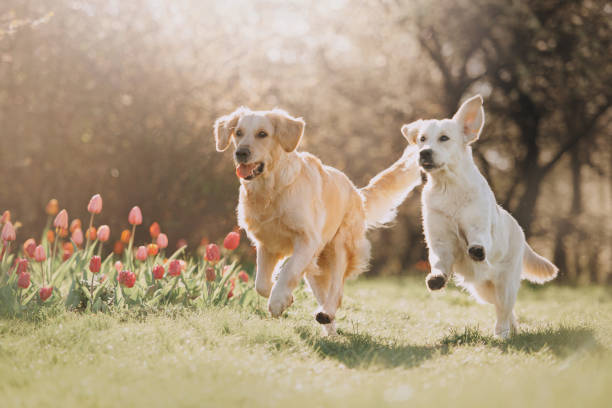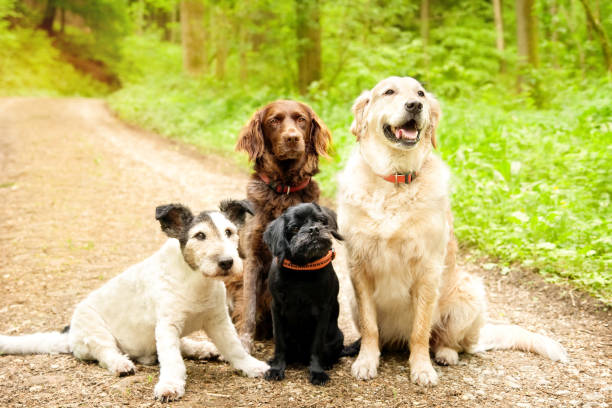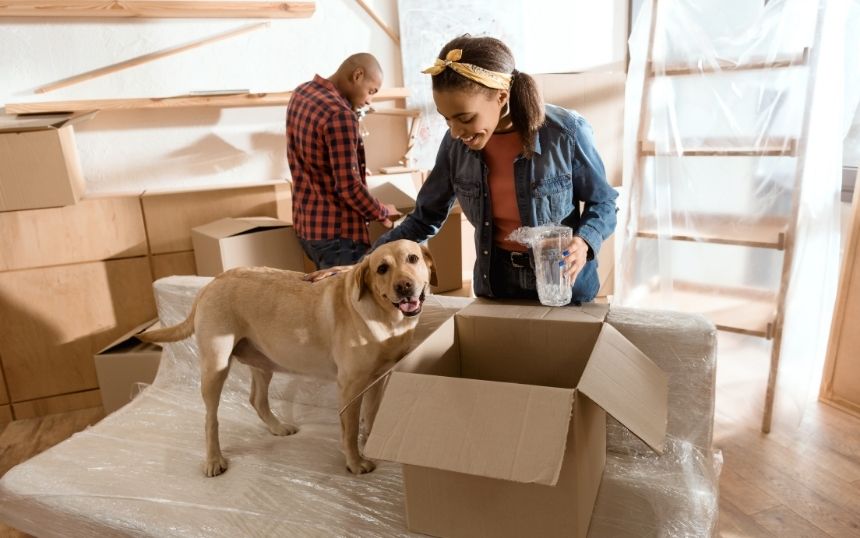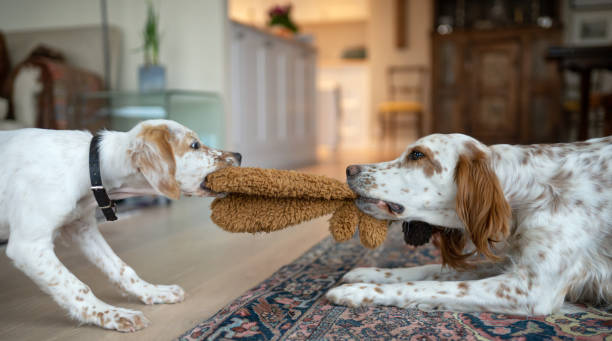8 Ways On How to teach your dog new tricks without treats or toys

Treats and toys are supposed to be the keys when it comes to teaching your dog new tricks. There's the treat or toy, the dog performs a trick, and everybody goes home happy. It's easy, right? Well, that depends on who you ask. In fact, there are quite a few ways to teach your dog new tricks without treats or toys!
1.Use positive reinforcement
One of the most effective ways to teach your dog new tricks is through positive reinforcement. When you reward your dog with treats or toys, you are teaching it that performing certain behaviors will result in a reward. This will lead your dog to perform those behaviors again and again in order to get that reward.
However, if you want to be able to teach your dog new tricks without using treats or toys, you will need to use positive reinforcement. The easiest way to do this is by using praise and affection. By telling your dog what a good job it did when it performs a trick correctly, you are reinforcing the behavior so that it will continue doing what it knows how to do.
Using treats and toys as rewards can be problematic because they can lead to overfeeding and obesity issues down the line. Using positive reinforcement allows you to train your dog without worrying about causing harm because all of its needs are being met through affectionate interactions instead of food rewards alone!
2.Be consistent with your training
Consistency is key when it comes to training your dog. The more consistent you are, the better your dog will learn and understand what you're teaching them.
This is why it's so important for you to set aside time each day for training sessions. This way, your dog knows that when they see you get out their leash, they know that it's time for a walk—and not just any walk: it's a training walk! They also know that when you get out their favorite toy or treat it as part of a routine, it means that there is something fun and exciting coming up soon.
If you're inconsistent with your training sessions and what happens before or after them (like if one day we're going on an adventure and another day we're hanging out at home), your dog won't be able to learn as quickly or easily because they don't know what to expect from you or their surroundings.
3.Use a clicker if you want to teach your dog more than one trick at a time
If you've taught your dog to sit, and then taught them to lie down, but have been struggling to teach your dog any other tricks, you may be tempted to use treats or toys in order to get your dog's attention and motivate them. But there are other ways—and one of them is using clickers!
Clickers are a great way to train your dog new tricks because they're easy to use, they're non-verbal (so they don't require you to talk), and they come in fun colors that make it easy for the dog to differentiate between which clicker means what. You can also use clickers to train an entire family of dogs at once by just changing the color of the clicker each time you want them all to pay attention!
If you want your dog to learn more than one trick at a time, try using a clicker instead of treats or toys. Your pup will be much more likely to understand what you're asking them when they hear that distinctive “click!”
4.Reward with praise and affection only
The next time you're teaching your dog a new trick, try this: instead of handing over the treat or toy, offer them praise and affection.
That's right! No more treats or toys for good behavior. Just give them a good ol' pat on the head and tell them how great they are—and don't forget to tell them exactly what they did well. It's amazing how effective this method can be!
The reason praise and affection work so well as rewards is because dogs experience it as a reward in itself. Dogs are naturally social animals who thrive on companionship from their owners, so when you show them love and attention, it makes them feel good about themselves and their actions.
So why not use this natural tendency to your advantage? If you want to teach your dog new tricks without having to resort to treats or toys, try giving praise instead! Your dog will be thrilled with the extra attention (and you'll be happy because it's free).
5.Train in short sessions (no more than 10 minutes)
It's not a new idea, but it is an effective one.
The idea behind short training sessions is simple: If you're going to teach your dog to sit or do any other trick, don't wait until he's had a long day at the beach. Instead, pick a time when he's fresh and ready to learn.
“If you're trying to train your dog and he doesn't want to do it, it's probably because he already has something else on his mind,” says Nicholas Dodman, BVMS, DACVB, director of the Behavioral Clinic at Tufts University School of Veterinary Medicine in North Grafton, MA. “But if you get him when he hasn't been doing anything for a while, then chances are good that he'll be really focused on what you're doing with him.”
Dodman also points out that dogs have short attention spans — so keep your training sessions short too. “If you can only get 10 minutes at night before bedtime or during the morning when everyone else is getting ready for work or school,” he says, “then that's all that matters.”
- Repeat commands
Some people believe that dogs are unable to learn a command more than once. This is not true! Repeating commands will not harm your dog, and it may actually help you to teach him new tricks without rewards or treats.
Many people do not repeat commands because they think that the dog will only obey once and then ignore them in the future. This is false! Your dog can learn new commands and respond to them every time you ask him or her to do so.
Dogs have a short attention span, so repeating commands can help with training as well. If you keep repeating a command, your dog will eventually get tired of hearing it and comply with your request.
Repeating commands also gives your dog time to process what you want him or her to do and will make it easier for them to remember what they have been told in the future.
7.Never punish or yell at your dog when he does something wrong during training
The idea that you should never punish or yell at your dog when he does something wrong during training is a myth. In fact, it's a way to teach your dog new tricks without treats or toys.
The reason many people think this is true is because they assume that if you punish or yell at your dog when he does something wrong, he will be afraid of you and become more aggressive.
In reality, yelling at your dog can actually make him more aggressive and cause him to ignore commands in the future. Yelling at your dog causes him to become more afraid of his owner than of the thing he was doing wrong in the first place. This means that if you have a barking problem with your dog, then shouting at him could actually make him bark more! The best way to deal with this kind of behaviour is by giving him some space and letting him calm down before trying again later on when both parties are calmer than before.
8.Start with simple commands like “sit” and “down” first before moving on to more complicated ones like “roll over” or “speak”
Dog training is a great way to spend time with your dog and bond with them. It can also be a fun way to keep your pup active and entertained. Start with simple commands like “sit” and “down” first before moving on to more complicated ones like “roll over” or “speak”. If you're interested in teaching your dog new tricks, there are plenty of ways to do so! But if you're not sure where to start, one of the best ways is by starting with simple commands like sit or down. Not only are these commands easy for both you and your dog; they will help build a foundation for other more complicated tricks later on down the road when you're ready for them!
However, it is important to note here that the treats and toys are not the only ways to teach your dog some cool tricks. As already mentioned, you can use your imagination, as well as other things that might interest and impress your dog.
For more helpful and informative insights, visit here.





